Power converter utilizing digital control is the development trend of the present industrial products. Digital control can elevate the function and performance of power converter to increase product’s added value. More and more power converters are using the digital control technology. The objective of this course kit is to provide a learning platform for power converter using digital control. Users, via PSIM software and simulation, learn the principle, analysis and design of power converter.
Furthermore, the SimCoder tool of PSIM can be used to convert control circuit to digital control program as well as to operate a second simulation for circuit, which will be replaced by DSP. Finally, control program, via simulation verification, can be burned into DSP chip. DSP, via control and communications, verifies the correctness of designed circuit and controller.
PEK-510 is the development module of fully digital control single phase PV inverter, aiming at the training of circuit analysis, design, simulation and experiment for researchers to conduct problem-oriented learning. The quantitative design of power circuit and controller is based upon converter’s specifications. Users can further understand the related technology of single phase PV Inverter through PSIM simulation verification and SimCoder programming processes.
With the comprehensive capabilities of realizing simulation, design, hardware circuit, PSIM is simulated software specifically designed for systems such as power electronics, motor driver and power conversion. PSIM features comprehensive functions, complete components, fast simulation, accurate simulation results and easy to use, and this software is often used by the international academics and industries for education and research.
Experiment 1: Boost Converter
To get to know the principle and working mode of switching PWM boost converter. Realize the measurements of voltage and current via PEK-510 module, and learn the TI F28335 DSP IC pins, PWM and A/D hardware setting. Also understand how to proceed to DSP internal signal control and measurement via RS-232.
Experiment 2: Input Voltage Control of Boost Converter
To get to know the small signal model derivation of boost converter, and learn the input voltage control, further proceeding to the code programming via SimCoder, after well mapping out the hardware.
Experiment 3: MPPT Control of Boost Converter
To get to know the characteristics of PV module and diversified MPPT method, and learn the code programming of Perturb and Observe method via SimCoder. Also, to validate experiment result via the PEK-510 boost converter.
Experiment 4: Single Phase Boost Stand-alone Inverter
To get to know the way for modeling of single phase inverter, and learn the design of both voltage loop and current loop controllers, further proceeding to the code programming via SimCoder, after well mapping out the hardware.
Experiment 5: Single Phase Grid-connected Inverter
To get to know the fundamental with structure of single phase grid-connected inverter, and learn not only the design method of phase-lock loop of single phase grid-connected inverter, but the design of both voltage loop and current loop controllers as well, further proceeding to the code programming via SimCoder, after well mapping out the grid-connected inverter.
Experiment 6: Single Phase PV Grid-connected Inverter
To get to know the fundamental with structure of PV grid-connected inverter, and synthesize boost converter with single phase inverter to form the experiment of PV grid-connected inverter, further proceeding to the code programming via SimCoder, after well planning.
Experiment 7: PQ Control of Single-phase PV Grid-connected Inverter
To get to know the verification capability of real power management and reactive power injection of smart inverter, and proceed to the code programming via SimCoder, after well mapping out the hardware.
Experiment 8: Single Phase Islanding Protection Inverter
To get to know the purpose of islanding protection and the verification method of islanding test, and proceed to the code programming via SimCoder, after well mapping out the hardware.
More details, please follow PEK-510 datasheet.

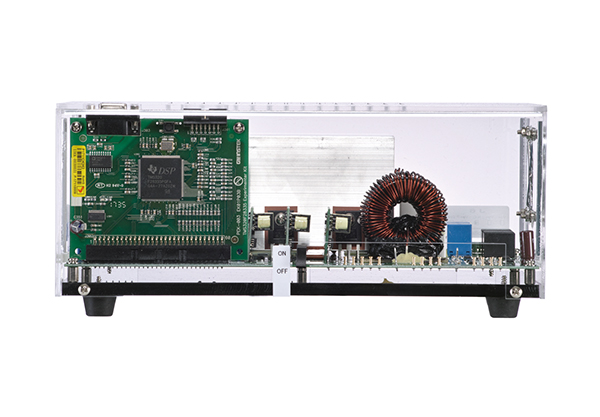
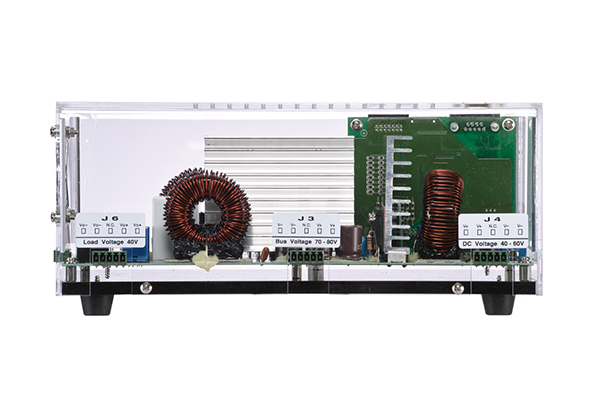
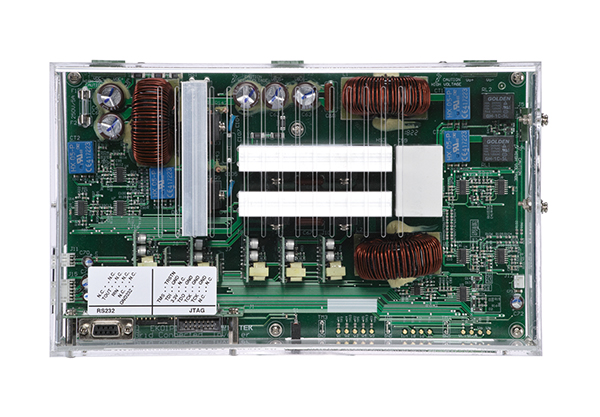
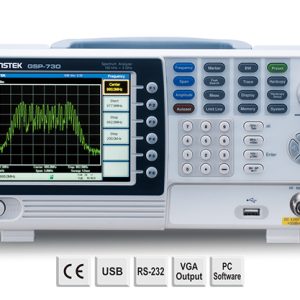
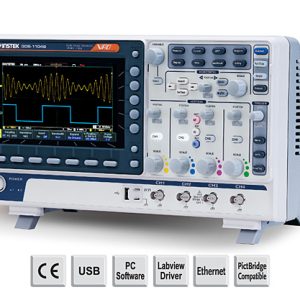
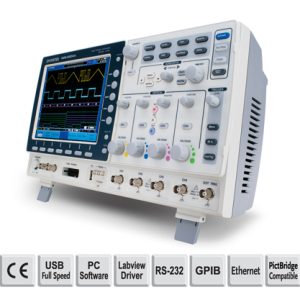
Reviews
There are no reviews yet.